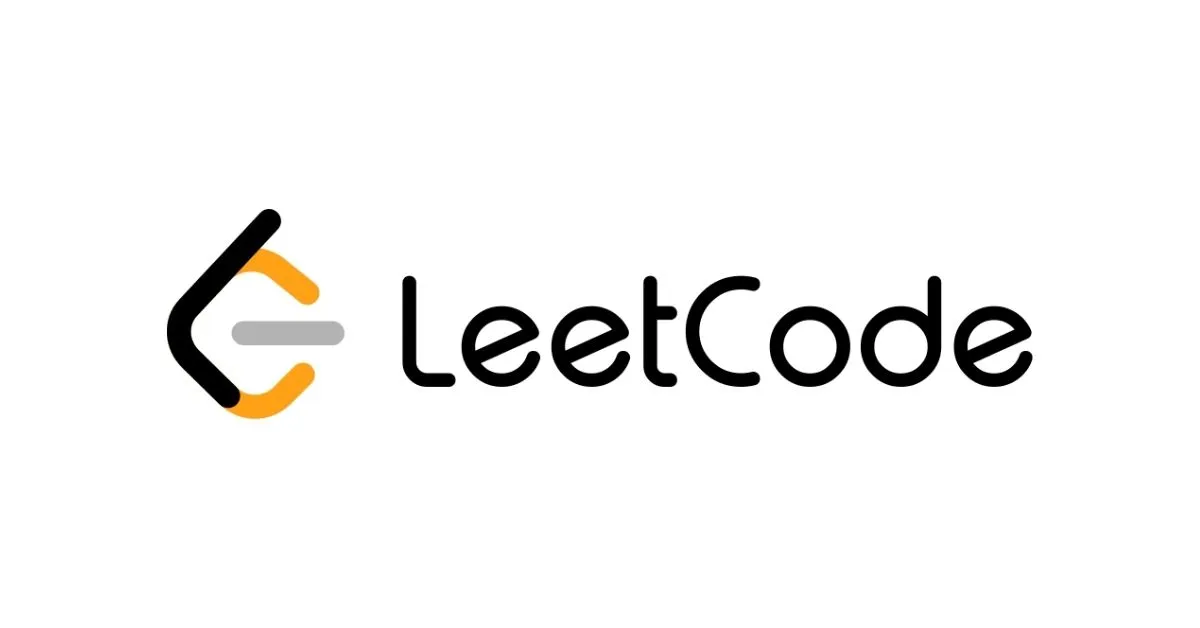Programming

Leetcode-844. Backspace String Compare

Given two strings s and t, return true if they are equal when both are typed into empty text editors. ‘#’ means a backspace character.
Note that after backspacing an empty text, the text will continue empty.
Example 1:
Input: s = “ab#c”, t = “ad#c” Output: true Explanation: Both s and t become “ac”. Example 2:
Input: s = “ab##”, t = “c#d#” Output: true Explanation: Both s and t become “”. Example 3:
Input: s = “a#c”, t = “b” Output: false Explanation: s becomes “c” while t becomes “b”.
<解題>
class Solution {
public boolean backspaceCompare(String s, String t) {
// 初始化兩個指針,分別指向字符串的最後一個字符
int s_pointer = s.length() - 1;
int t_pointer = t.length() - 1;
// 用於跟蹤要跳過的'#'的數量
int s_skips = 0;
int t_skips = 0;
// 開始從字符串的末尾向前遍歷,進行比較
while (s_pointer >= 0 || t_pointer >= 0) {
// 在字符串s中處理退格字符
while (s_pointer >= 0) {
if (s.charAt(s_pointer) == '#') {
s_skips += 1;
s_pointer -= 1;
} else if (s_skips > 0) {
s_pointer -= 1;
s_skips -= 1;
} else {
break;
}
}
// 在字符串t中處理退格字符
while (t_pointer >= 0) {
if (t.charAt(t_pointer) == '#') {
t_skips += 1;
t_pointer -= 1;
} else if (t_skips > 0) {
t_pointer -= 1;
t_skips -= 1;
} else {
break;
}
}
// 如果兩個指針都仍然有效,且指向的字符不相等,返回false
if (s_pointer >= 0 && t_pointer >= 0 && s.charAt(s_pointer) != t.charAt(t_pointer)) {
return false;
}
// 如果其中一個指針有效,而另一個指針已經越界,返回false
if ((s_pointer >= 0) != (t_pointer >= 0)) {
return false;
}
// 向前移動兩個指針
s_pointer -= 1;
t_pointer -= 1;
}
// 如果遍歷完成後都沒有返回false,則表示經過退格操作後的字符串相等,返回true
return true;
}
}
Time: O(n) Space: O(1)